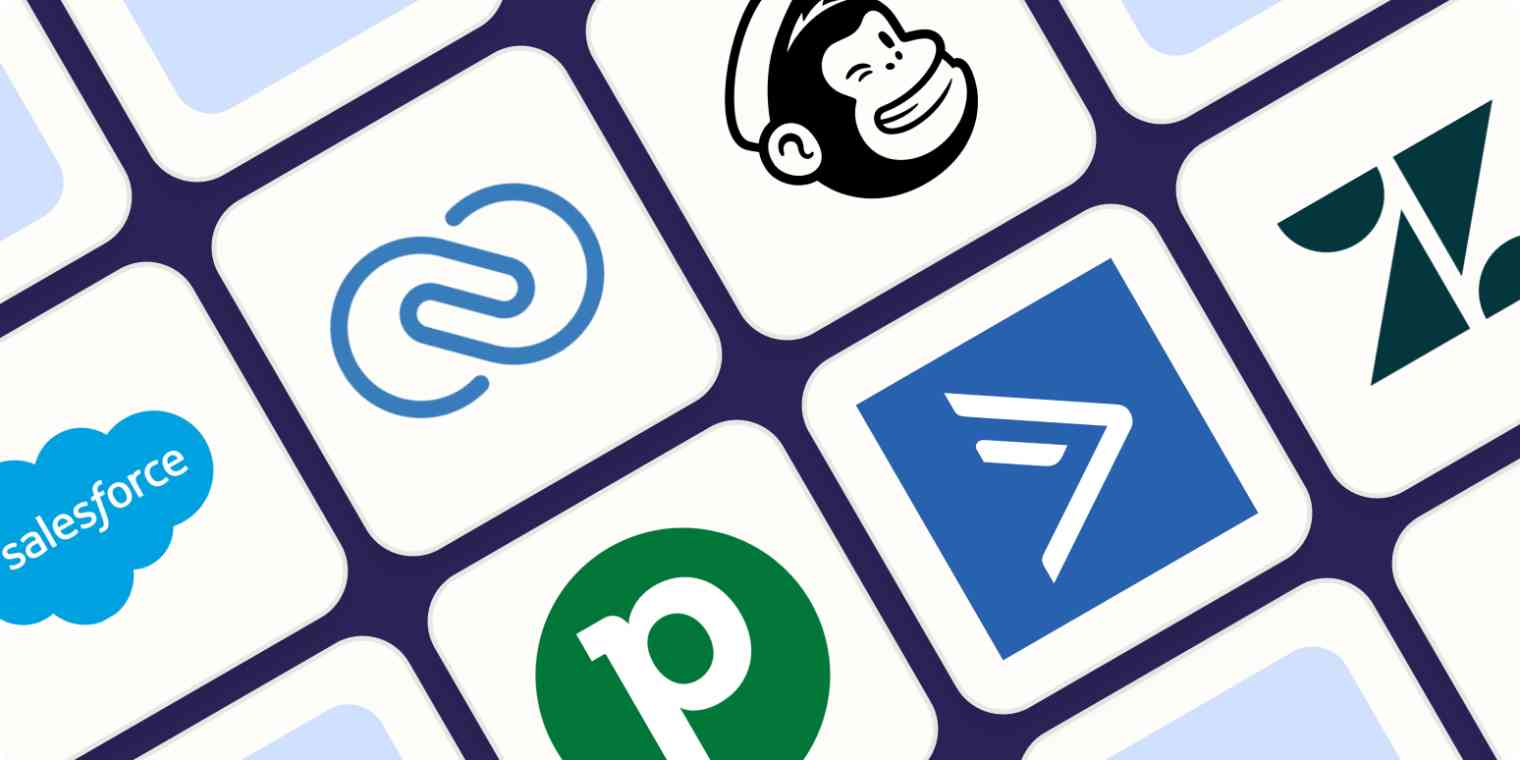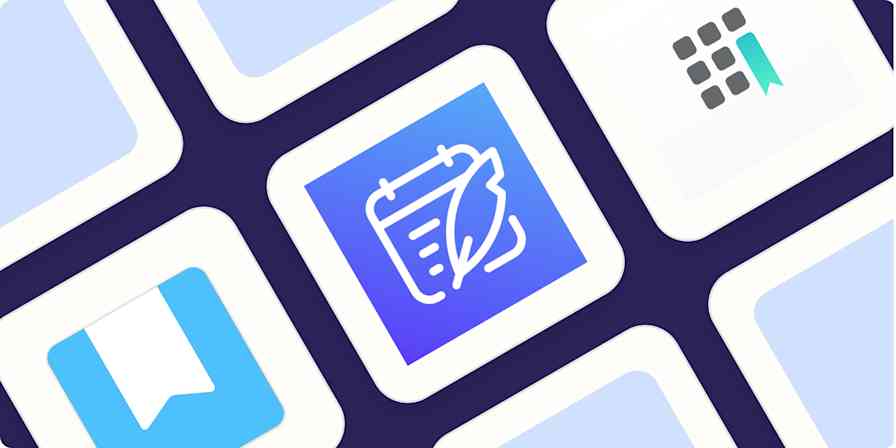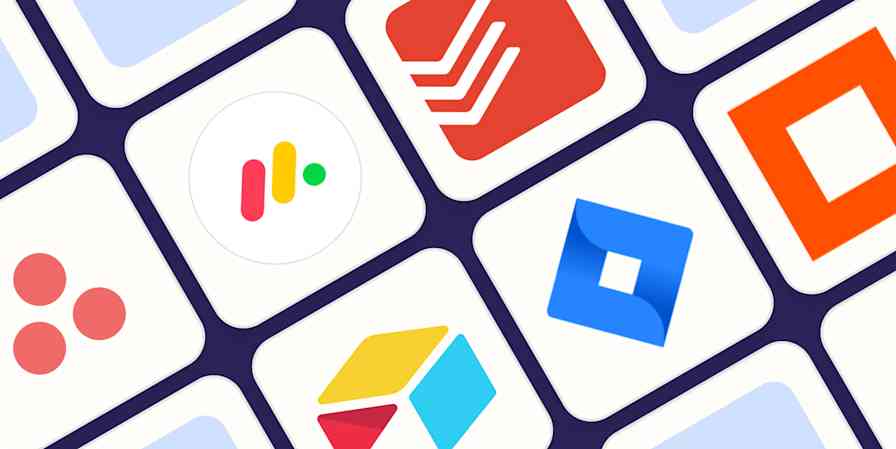Once you understand just what HubSpot can do, you start to realize that coming up with alternatives to HubSpot is a little like coming up with alternatives to the Swiss army knife. When it comes to managing your business needs, HubSpot is capable of pretty much everything you need to support your core workflows. (There's no wine opener, though, which can be disappointing.)
HubSpot's so versatile, in fact, that it's made several of our best apps lists:
Choosing a HubSpot alternative, then, means that you'll have to narrow down what exactly it is you're looking to accomplish. You're not alone in making that determination, though. We've conducted a series of exhaustive, head-to-head tests comparing HubSpot to other competitors to see how its many features stack up. Combined with the options you'll find by clicking through the lists above, you should get an idea of which tool is the right one for your business. Or if maybe you should just stick with HubSpot.
6 HubSpot alternatives
Salesforce for an all-in-one sales and marketing CRM
Zoho CRM for an affordable CRM
Mailchimp for email marketing
Pipedrive for a sales-focused CRM
ActiveCampaign for marketing automation
Zendesk for help desk software
The best HubSpot alternatives at a glance
Best for | Standout features | |
|---|---|---|
All-in-one sales and marketing CRM | Robust AI-powered marketing features; highly customizable | |
Affordable CRM for scaling up a business | Project interface for viewing tasks on a Kanban board | |
Email marketing | Intuitive email builders and metric-rich reporting tools | |
Sales-focused CRM | Intuitive dashboards, reports, and analytics for sales management | |
Marketing automation for prebuilt automations | Drag-and-drop functionality in workflow builder | |
Help desk software | Advanced and granular reporting options across various channels |
A HubSpot alternative for an all-in-one sales and marketing CRM
Salesforce

Salesforce pros:
Robust AI-powered marketing features
More customizable than HubSpot
Salesforce cons:
Less intuitive layout
Similar functionality as HubSpot comes at a steeper cost
Before I get into how these two tools diverge, let me start by acknowledging that Salesforce and HubSpot have a lot in common. Both offer a wide range of marketing and customer management features, including CRM, sales forecasting and analytics, customer service features, contact scoring, VoIP, and marketing features. You know, just to name a few tiny things.
At the same time, there are a number of differences between HubSpot and Salesforce that are worth considering. In general, HubSpot is thought of as more of an inbound marketing tool, while Salesforce is more associated with sales automation. That produces differences in everything from user interface to feature availability to pricing structure.
HubSpot, for example, offers a more thorough, plan-based model of bundled marketing features, while Salesforce offers features in separate plan packages or as individual apps. As a result, Salesforce's interface is more customizable but potentially more complicated, while HubSpot offers you a cleaner, more user-friendly experience. Finally, Salesforce has the edge when it comes to sales reports and forecasting, if those are your primary needs.
Salesforce also offers more third-party apps and integrations than HubSpot. And like with HubSpot, when you connect Salesforce with Zapier, you open it to thousands more integrations. This way you can automatically do things like add data from forms to your CRM or get notified when a new lead comes in. Learn more about how to automate Salesforce, or get started with one of these pre-made workflows.
Create Salesforce leads with new Gravity Forms submissions
Add new Facebook Lead Ads leads as leads in Salesforce
To get started with a Zap template—what we call our pre-made workflows—just click on the button. It only takes a few minutes to set up. You can read more about setting up Zaps here.
Salesforce pricing: Sales Cloud Starter starts at $25/user/month.
If you have a lot of depth and breadth in your outbound campaigns, and you're laser-focused on just marketing automation, you may want to consider Salesforce's Marketing Cloud Account Engagement (MCAE, formerly Pardot) instead. Pardot is a bit more powerful than HubSpot. And since its AI engine, Einstein, has been around longer, its predictive analytics and campaign insights are more flexible and granular.
You can also connect Pardot with Zapier. Learn more about how to automate Pardot, or get started with one of these workflows.
Create prospects on Pardot from new leads in Facebook Lead Ads
MCAE pricing: Growth plan starts at $1,250/month for up to 10,000 contacts, 50 forms, and 50 languages.
Learn more about how HubSpot compares to Salesforce and MCAE in these showdowns: HubSpot vs. Salesforce and HubSpot vs. Pardot.
A HubSpot alternative for an affordable CRM
Zoho CRM
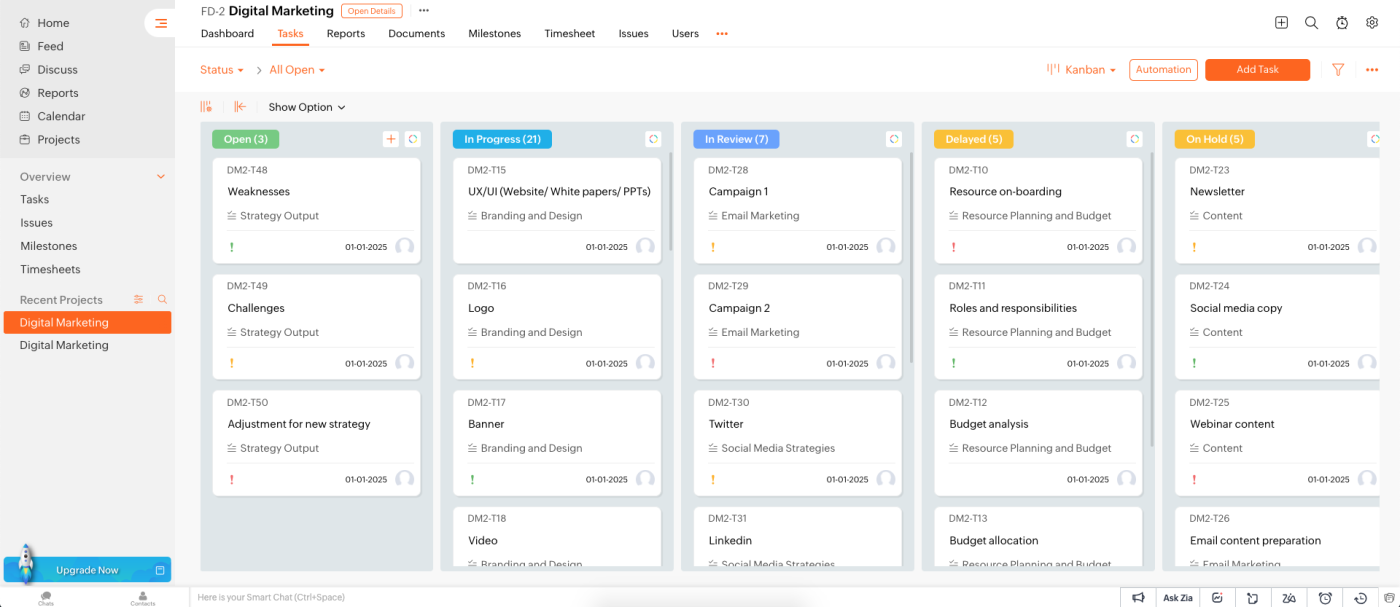
Zoho CRM pros:
Native AI features (available only at the Enterprise and Ultimate tiers)
Strong option for a project management platform
Zoho CRM cons:
Unintuitive interface makes some utilities hard to find
Tools are more limited than HubSpot's
Zoho CRM is another option well worth considering. It competes with HubSpot on a number of levels: both provide you with a basic range of features (to build workflows, nurture leads, and organize tasks), and both allow you to import lists, files, and leads for ease of platform-switching or integration.
Zoho's strength as a platform is in its simplicity—it's great if you're mostly looking for pure CRM capabilities like managing leads, customers, sales, tasks, reports, and projects. Its Project interface is its strongest feature, allowing you to view tasks on a Kanban board.
Zoho's greatest asset, perhaps, is its price. While HubSpot is a more complete package, Zoho's much more affordable pricing makes it a more viable option for smaller businesses.
Zoho also integrates with Zapier, making it easy to automate your CRM-related workflows. Learn more about how to automate Zoho CRM, or get started with one of these pre-made templates.
Create contacts on Zoho CRM from new leads from Facebook Lead Ads
Add new Unbounce form submissions to Zoho CRM as leads
Zoho CRM pricing: Standard plan starts at $20/user/month.
To learn more about how Zoho stacks up with HubSpot, read this comparison: HubSpot vs. Zoho.
A HubSpot alternative for email marketing
Mailchimp

Mailchimp pros:
Easy to build and send emails
Good selection of out-of-the-box email templates
Mailchimp cons:
Basic analytics and automation workflows
Limited social media functionality
If you're using HubSpot primarily for your outbound marketing, then you might consider Mailchimp as an alternative. Both apps will give you access to effective, intuitive email builders that require no design or marketing experience to use, and both provide you with metric-rich reporting tools. They even allow you to design functional landing pages for lead capture and have various other built-in tools that go well beyond email.
Mailchimp is generally a much simpler and easier-to-use tool than HubSpot, largely because it lacks all the extra features of a traditional CRM. With a narrower focus on email marketing, Mailchimp provides you with reporting to gauge how well your outreach is landing, as well as a functional landing page builder, autoresponder emails, and basic workflows that respond to customer behaviors.
The main drawback: Mailchimp doesn't account for much outside of marketing. So if you need a CRM that lets you tackle not only marketing, but also sales, content management, operations, and customer service, you're better off with HubSpot.
Of course, all that functionality on HubSpot comes at a price. While both Mailchimp and HubSpot offer free plans, HubSpot is going to be a more substantial investment than Mailchimp once you shift to a paid plan. With that in mind, if you're looking for a simple tool that focuses mainly on email outreach, then Mailchimp might be your best bet.
When you integrate Mailchimp with Zapier, you can automate even more of your email marketing workflows. Learn more about how to automate Mailchimp, or get started with these pre-made workflows.
Add new Mailchimp subscribers to Google Ads customer lists
Add subscribers to Mailchimp for new Google Sheets rows
Mailchimp pricing: Essentials starts at $13/month, which includes up to 500 contacts and 5,000 monthly email sends.
For a full breakdown of how these two apps stack up, check out Zapier's app showdown: HubSpot vs. Mailchimp
A HubSpot alternative for a sales-focused CRM
Pipedrive
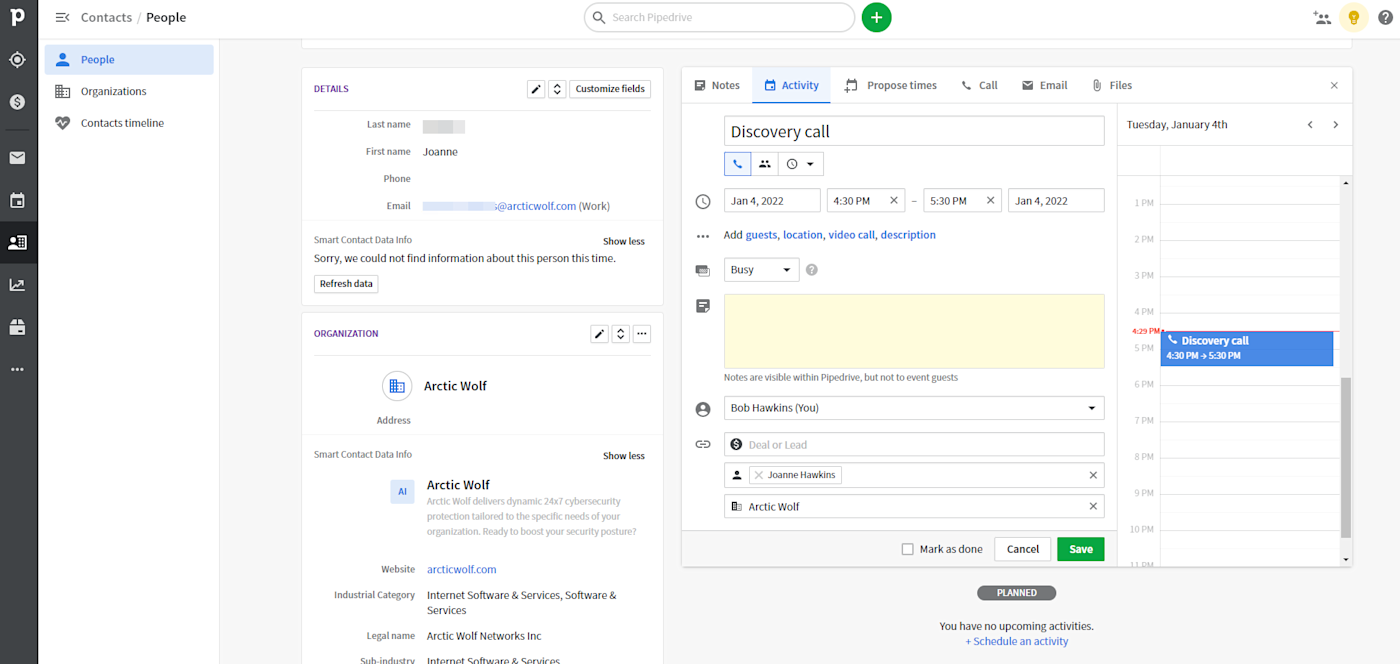
Pipedrive pros:
Easy-to-understand analytics all in one place
AI sales assistant sends you suggested actions based on your data
Pipedrive cons:
No free plan
No generative AI to help with generating content
If you're still shopping for a multi-dimensional CRM, Pipedrive is another option worth considering. As two of the most popular CRM platforms, both HubSpot and Pipedrive deliver sales tools, analytics, integrations, and a host of extra features to help you manage content, projects, and more. The key difference is that, where HubSpot offers a wide variety of services to grow your business, Pipedrive specializes in supporting your sales teams.
To be fair, Pipedrive can do a lot of what HubSpot does, just not with the same degree of functionality. For example, you can take advantage of Pipedrive's optional email marketing features at a higher-tier service plan, but it's not as deeply integrated into the nuts and bolts of the platform the way HubSpot's is. Instead, Pipedrive's value lies in the intuitive, accessible dashboards, reports, and analytics that let you build and manage a seamless sales pipeline (it turns out that Pipedrive isn't just a clever name).
And while both apps offer free plans, Pipedrive's paid tiers are more affordable. For a more economical, sales-focused alternative to HubSpot, Pipedrive is a great option.
When you connect Pipedrive with Zapier, you can practically set your CRM system on autopilot. Learn more about how to automate Pipedrive, or get started with one of these workflows.
Create Pipedrive deals from new Facebook Lead Ads leads
Add new Unbounce form submissions to Pipedrive as deals
Pipedrive pricing: Essential plan starts at $22/seat/month but requires a minimum of two subscribed seats.
For more details, check out Zapier's app showdown: Pipedrive vs. HubSpot
A HubSpot alternative for marketing automation
ActiveCampaign
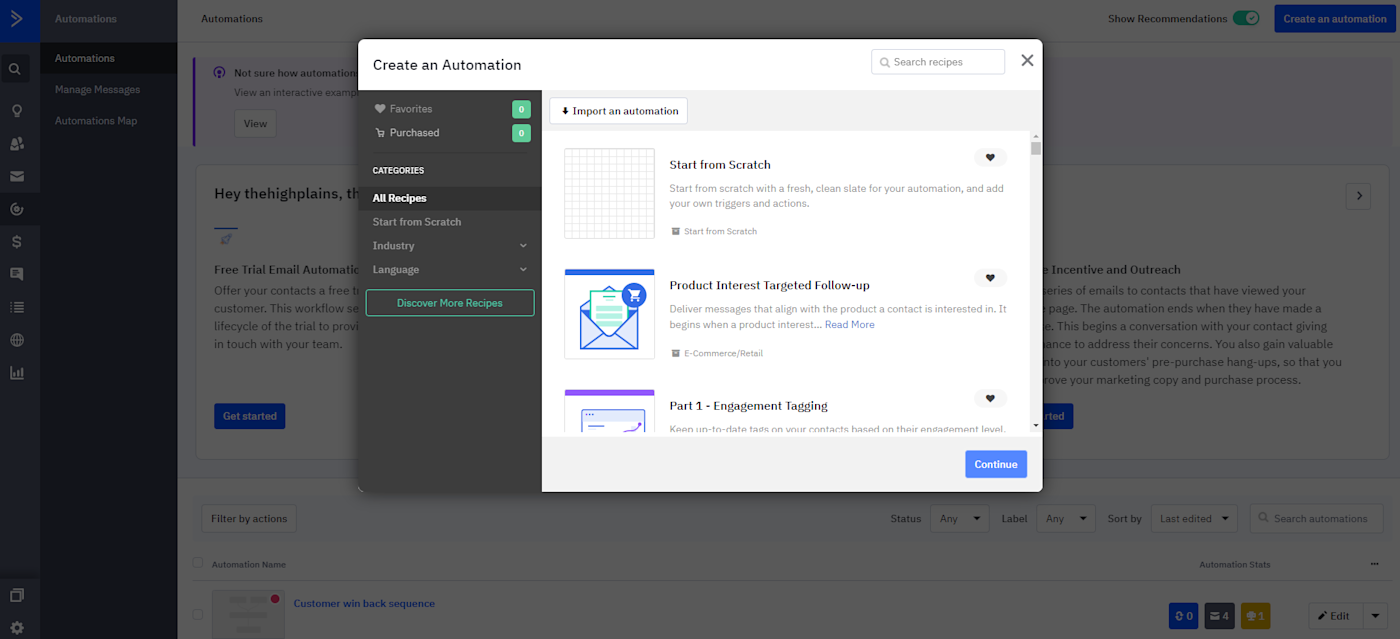
ActiveCampaign pros:
Easy to create reports and integrate with existing data
Free data migration
ActiveCampaign cons:
More limited feature set
Both HubSpot and ActiveCampaign are known best as CRM platforms, and there's actually a ton of overlap between the two tools. Both offer smooth onboarding and simple interfaces, a wide choice of templates to support your business processes, robust automation, a variety of sales and marketing features, as well as a built-in CMS.
HubSpot is a bit more customizable—for example, it allows you to update its dashboard and integrate custom reporting widgets. But ActiveCampaign doesn't slack on features: its pipeline interface is intuitive (and includes unlimited pipelines), and you can customize task types and get detailed pipeline reports across a variety of fields and metrics.
Add a nice drag-and-drop functionality in its workflow builder (something HubSpot lacks), and you have a solid HubSpot competitor, even if it's not quite as robust. Plus, ActiveCampaign has helpful support features integrated into all of their available packages, so you don't have to pay extra for them.
With Zapier, you can also connect ActiveCampaign with your other apps. This way, you can automate every step of your marketing workflow. Learn more about how to automate ActiveCampaign, or get started with one of these workflows.
Add or update ActiveCampaign contacts for new Acuity Scheduling appointments
Add or update ActiveCampaign contacts for new Calendly invitees
ActiveCampaign pricing: Marketing Lite starts at $29/user/month, which includes email and marketing automation for up to 1,000 contacts.
Learn more about how these two apps stack up: ActiveCampaign vs. HubSpot.
A HubSpot alternative for help desk software
Zendesk
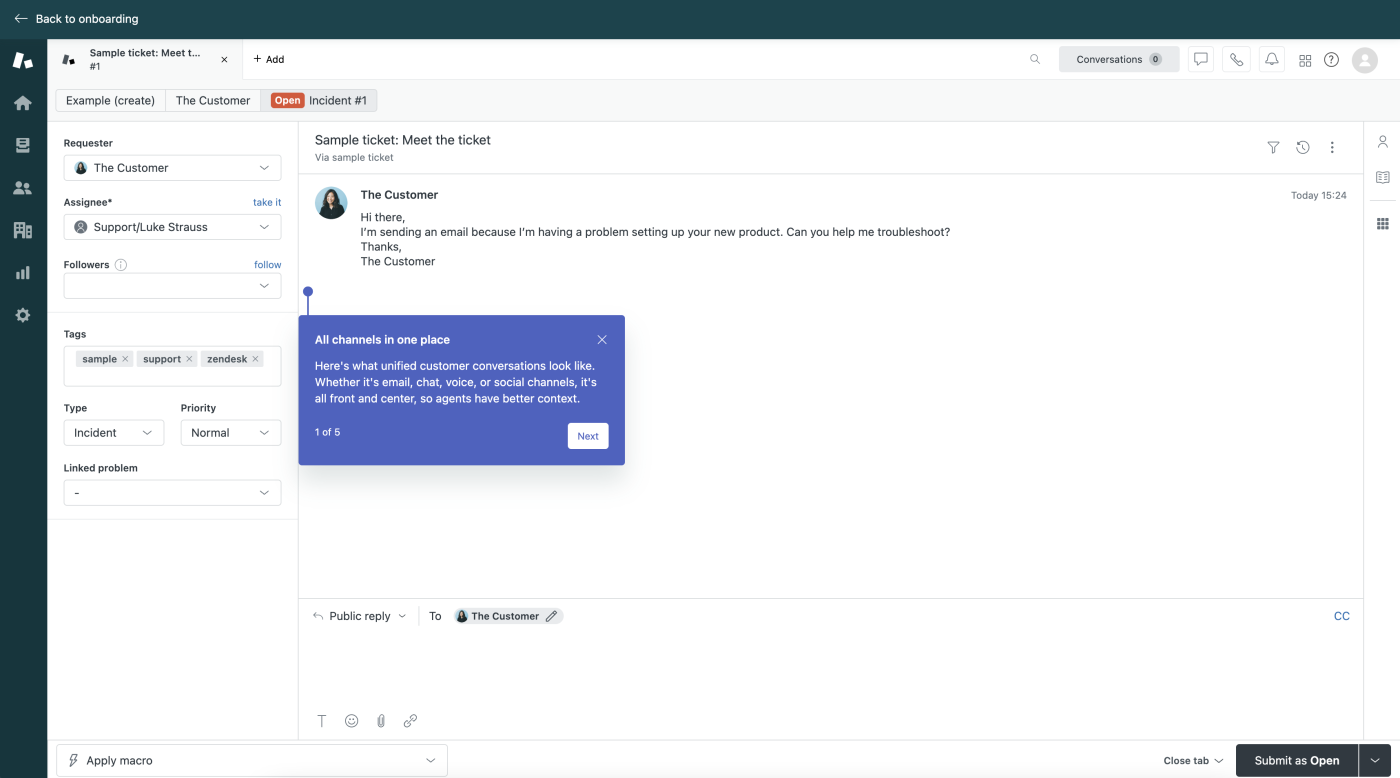
Zendesk for Service pros:
Customizable chatbots
Comprehensive reporting features
Zendesk for Service cons:
Very expensive (but justified)
While HubSpot offers all the features you'd expect from a customer support app, it takes time to learn how to maneuver around the app comfortably. Of course, if you're already using HubSpot, this shouldn't be an issue. But if you don't, Zendesk for Service is a more user-friendly option. And their onboarding process is filled with fun tutorials that make learning how to use the app not a chore.
Of all its impressive features, the one that stands out the most is its advanced and granular reporting options. In addition to the standard help desk metrics like average first response time and tickets created per day, Zendesk offers visual reports on metrics from every channel, including chatbot efficacy and how the quantity of ticket escalations has changed over time.
Zendesk is designed for you to help your customers across platforms like email, Facebook Messenger, SMS, and WhatsApp. You can also customize your chatbots to ensure your customers are being directed to the right type of support. For example, if they have complex questions, they can chat with live agents and custom automated bots at the same time.
Why are we recommending Zendesk instead of another customer support platform? In addition to being an industry-standard help desk tool, Zendesk also has a CRM product (called Zendesk Sell), which means you could turn it into your sales hub—that makes it much more of a HubSpot competitor.
If budget is an issue for you, though, Zendesk may be a nonstarter. It's pretty expensive. But between the call center, the customizations for the knowledge base, chatbot, and reporting, the pricing is absolutely justified.
Zendesk also integrates with Zapier, so you can do things like create new Zendesk tickets from form submissions or add new Zendesk tickets meeting certain criteria to your project management app. Learn more about how to automate Zendesk, or get started with one of these pre-made workflows.
Create Zendesk tickets from new Google Forms responses
Zendesk pricing: Basic Support Team plan starts at $19/agent/month (billed annually); Suite Team starts at $55/agent/month, which includes a bot builder and advanced workflows.
Which HubSpot alternative should you use?
Start by considering what your business really needs to nail down in its day-to-day workflows. Contact management? Email marketing? Lead nurturing? Customer support? Live chat? Sales pipelines? Content updates? All or some of the above?
Then think about your capacity (and try to be honest about your limitations—they have a way of making themselves known sooner or later). What resources can you devote to things like onboarding and troubleshooting? What sort of financial outlay makes sense for your business, both now and in your projected future? Taking all of these variables into account will give you the fullest picture of just what you need out of a CRM, and that will point you in the right direction.
Related reading:
This article was originally published in March 2023. The most recent update was in March 2024, with contributions from Jessica Lau.
